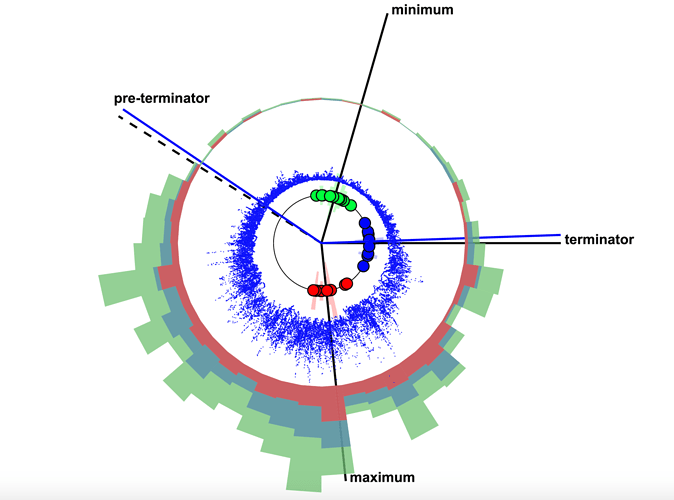List members , it's getting closer & closer to us...a mild , mini ice age (that will last only a few decades) is approaching . For the first time , a mainstream magazine like Forbes has carried this story , which means the "Powers that be" , have FINALLY allowed this news to come into full public view ! For those still sceptical about the inevitability of this phenomena , just wait till 21st June , when a Solar eclipse is due . This also serves as a strong validation for the electric plasma nature of our Hollow Sun !!
During this Solar eclipse of 21st June 2020 , called the "Solstice Ring of Fire Eclipse", astronomers will get an excellent opportunity to view and study the Sun's Corona . The major reduction of activity in the Sun's Corona will then become obvious to all - so we can just forget everything about Global warming for the next few decades , but of course , continue to fight manmade pollution of our environment .
**Yes , our world is already under lockdown due to the Covid-19 pandemic , but it's best to be prepared for what else could happen in the not so distant future...
The Sun Is Asleep. Deep ‘Solar Minimum’ Feared As 2020 Sees Record-Setting 100-Day Slump
I write about science and nature, technology and travel, stargazing and eclipses.
A composite of the August 21, 2017 total solar eclipse showing third contact Ð the end of totality ... [+]
Universal Images Group via Getty Images
While we on Earth suffer from coronavirus, our star—the Sun—is having a lockdown all of its own. Spaceweather.com reports that already there have been 100 days in 2020 when our Sun has displayed zero sunspots.
That makes 2020 the second consecutive year of a record-setting low number of sunspots— which you can see (a complete absence of) here.
Note: never look at the Sun with the naked eye or through binoculars or a telescope that aren’t fitted with solar filters.
So are we in an eternal sunshine of the spotless kind ?
The sun is blank--no sunspots.
“This is a sign that solar minimum is underway,” reads SpaceWeather.com. “So far this year, the Sun has been blank 76% of the time, a rate surpassed only once before in the Space Age. Last year, 2019, the Sun was blank 77% of the time. Two consecutive years of record-setting spotlessness adds up to a very deep solar minimum, indeed.”
What does all of this mean? Here’s everything you need to know about the Sun, the solar cycle, and what a deep solar minimum means for us.
What is a sunspot?
It’s an area of intense magnetic activity on the surface of the Sun—a storm—that appears as an area of darkness. Sunspots are indicative of solar activity, birthing solar flares and coronal mass ejections (CMEs). Although sunspots seem like tiny specks, they can be colossal in size.
Sunspots have been continuously counted each day since 1838, which has allowed solar scientists to describe a repeating pattern in the wax and wane of activity on the Sun’s surface—the solar cycle .
What is the solar cycle?
The Sun has a cycle that lasts between nine and 14 years—typically 11 years, on average—and right now we’re in the trough. At the peak of that cycle—called solar maximum—the Sun produces more electrons and protons as huge solar flares and coronal mass ejections.
From a visual perspective, the solar cycle is a “sunspot cycle” since solar scientists can gauge where the Sun is in its cycle by counting sunspots on its surface.
Aurora Borealis, the Northern Lights, over the Vestrahorn mountain in the east of Iceland. (Photo by ... [+]
PA Images via Getty Images
How does the solar cycle affect Earth?
While there’s some evidence that the solar cycle affects Earth’s weather and climate, the status of the Sun has the most obvious effect on the intensity and frequency of aurora. The more charged-up the solar wind headed towards Earth, the brighter and more frequent are the displays of Northern Lights and Southern Lights. What’s known as the ‘auroral oval’ gets larger, too, so people who live in areas that normally don’t experience aurora—such as the USA and Western Europe—sometimes get to see them.
Either way, a solar maximum is historically when aurora are at their most frequent and spectacular.
What is ‘solar minimum’?
Just as solar maximum sees many sunspots, the trough of solar minimum features zero sunspots—and that’s what’s going on now. However, it’s been continuing rather longer than expected, which means the Sun is in the midst of a particularly deep solar minimum. The most infamous happened between 1645 to 1715 when a “Maunder Minimum” saw a prolonged sunspot minimum when sunspots were very rare for an extended period.
The current record-breaking solar minimum is part of a longer pattern of wax and wane; in fact, it’s believed that the Sun may have been in a magnetic lull for the last 9,000 years at least.
When is the next ‘solar maximum?’
It’s thought that the Sun will reach solar maximum in the mid-2020s, though exactly when sunspot frequency will peak is anyone’s guess. It’s something that can usually only be described in retrospect. The last solar maximum was in 2013/2014, but was was ranked among the weakest on record.
Once way to gauge what’s going on visually is by counting sunspots—and the other is by looking at the Sun’s mighty corona during a total solar eclipse.
Luckily, there’s one coming up in North America right on cue.
How the solar cycle affects solar eclipses
During a total solar eclipse it’s possible to see clear, naked eye evidence of where the Sun is in its cycle. Totality—when the Moon completely blocks the Sun’s bright disk—affords a brief view of the Sun’s corona, its hot outer atmosphere. During solar minimum the corona is relatively small and tightly bound to the surface. During solar maximum, the Sun’s corona is typically flared and stretching away into space.
Totality is shown during the solar eclipse at Palm Cove in Australia's Tropical North Queensland on ... [+]
AFP via Getty Images
How to see explosions on the Sun
When the Sun is at solar maximum the likelihood is increased of seeing prominences—huge solar flares and coronal mass ejections in action—around the limb of the Moon during a total solar eclipse.
A close-up view of the Sun's disk during a total eclipse reveals fiery solar prominences. | View ... [+]
Corbis/VCG via Getty Images
Here’s an image (above) of some pink prominences that can be seen with the naked eye only during a total solar eclipse.
Why is this good news for North American eclipse-chasers?
All of this is well-timed for the next total solar eclipse in North America on April 8, 2024, since the Sun will, by then, be approaching solar maximum.
The 100-mile wide path of totality will, during the 139 minutes it’s over land, afford a stunning view (if skies are clear) of a flared and stretched corona from anyone within under the Moon’s shadow in:
Mexico: Sinaloa, Durango and Coahuila
U.S: Texas, Oklahoma, Arkansas, Missouri, Illinois, Kentucky, Tennessee, Michigan, Indiana, Ohio, Pennsylvania, New York, Vermont, New Hampshire and Maine.
Canada: Ontario, Quebec, New Brunswick, Prince Edward Island and Newfoundland.
Wishing you clear skies and wide eyes.
Sun Flatlining Into Grand Minimum, Says Solar Physicist
This article is more than 6 years old.
With each passing season, the weather seems stranger and more extreme.
Who can argue with a sudden outbreak of the “polar vortex” phenomenon; unprecedented winter drought in California; and summer temperatures so torrid Down Under that even play at the Australian Open was briefly halted?
Is any of this connected to the sun’s drastically diminished recent sunspot cycles?
Weather isn’t climate, but circumstantial evidence indicates our sun may be entering a grand minimum of sunspot activity, not unlike the Maunder Minimum that some climatologists think caused record low winter temperatures in Northern Europe during the latter half of the 17th century.
“My opinion is that we are heading into a Maunder Minimum,” said Mark Giampapa, a solar physicist at the National Solar Observatory (NSO) in Tucson, Arizona. “I’m seeing a continuation in the decline of the sunspots’ mean magnetic field strengths and a weakening of the polar magnetic fields and subsurface flows.”
Theoretical details of how sunspots are actually produced continue to be debated. But one popular idea is that they are generated as the result of concentrated and twisted solar magnetic fields blocking internal convection in the outer third of the sun’s interior. This, in turn, gives the sunspots their dark appearance, since on average they are 2000 degrees cooler than the surrounding solar plasma.
First official sunspot belonging to the Solar Cycle 24. (Photo credit: Wikipedia)
The Shared Value Of Inclusive Economic Recovery
These solar magnetic fields are thought to be triggered by the sun’s own internal “differential rotation.” That is, the fact that at various latitudes and depths, the sun's gaseous plasma rotates at different rates. Then once these fields are produced, some theorists think it's their interaction at the sun’s photosphere (or surface) that plays a crucial role in sunspot creation.
Even so, David Hathaway, a solar physicist at NASA Marshall Space Flight Center in Huntsville, says it’s the actual strength of such magnetic fields at the end of a given maximum 11-year sunspot cycle that is thought to act as a bellwether for the size and strength of the next solar maximum.
“At the end of a sunspot cycle about all you have left are magnetic fields at the solar poles,” said Hathaway. “We’re at the sunspot maximum of Cycle 24. It’s the smallest sunspot cycle in 100 years and the third in a trend of diminishing sunspot cycles. So, Cycle 25 could likely be smaller than Cycle 24.”
Another indicator pointing to an imminent grand minimum is that the current solar cycle shows some signs of hemispheric asymmetry, says Steve Tobias, an applied mathematician at the University of Leeds in the U.K.
“When the field is about to enter a minimum or is leaving a minimum,” said Tobias, “we see more sunspots in one solar hemisphere than the other.”
Yet during the 1645 --- 1715 Maunder Minimum itself, sunspots basically disappeared and as documented in paintings from the era, Northern Europe suffered unusually cold winter temperatures.
Such minima are thought to be a part of the normal life of a sunlike star, however. And from recent surveys of several solar analogues in the open stellar cluster M67, Giampapa and colleagues see indications that such grand minima take place up to 15 percent of the time.
Hathaway says that the observed effects of the sunspot cycle in radioisotopes; in ice cores; and in tree rings indicate that some 10 to 15 percent of the time the sun is in “something like a Maunder Minimum.”
This Bruegel painting "The Hunters in the Snow" is reminiscent of winter landscapes typical in... [+]
“If we’re entering a Maunder Minimum, it could persist until the 2080s,” said Giampapa, who points out that if such a minimum’s primary effect is cooling, it could wreak havoc by curtailing agricultural growing seasons which, for instance, could lead to lower wheat production in breadbasket economies.
But Giampapa says it could also mean a global excursion from the mean, resulting in local climate extremes in terms of both anomalous temperatures and precipitation.
Could a Maunder Minimum mitigate a warming climate?
Not likely, says Hathaway.
Although the rise of global temperatures seen in “the last decade or so seems to have currently leveled off,” says Hathaway, he notes that even a Maunder Minimum would still not be enough to counter the warming effects of anthropogenic climate change.
If anything, a Maunder Minimum may simply make existing weather and short term climate even more unusual and difficult to predict.
Regards

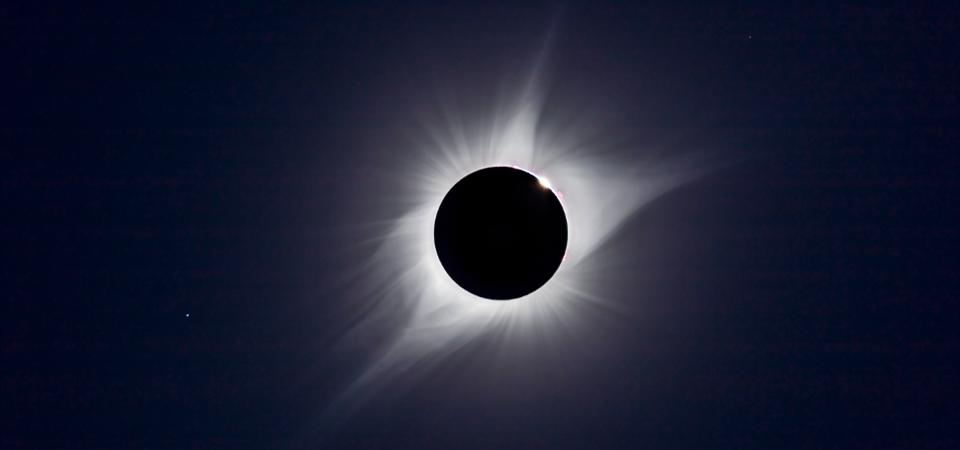
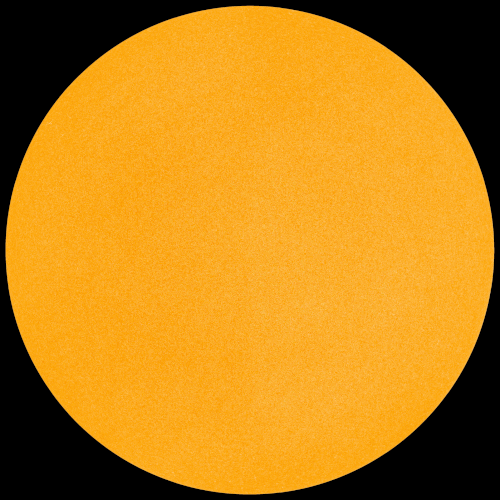
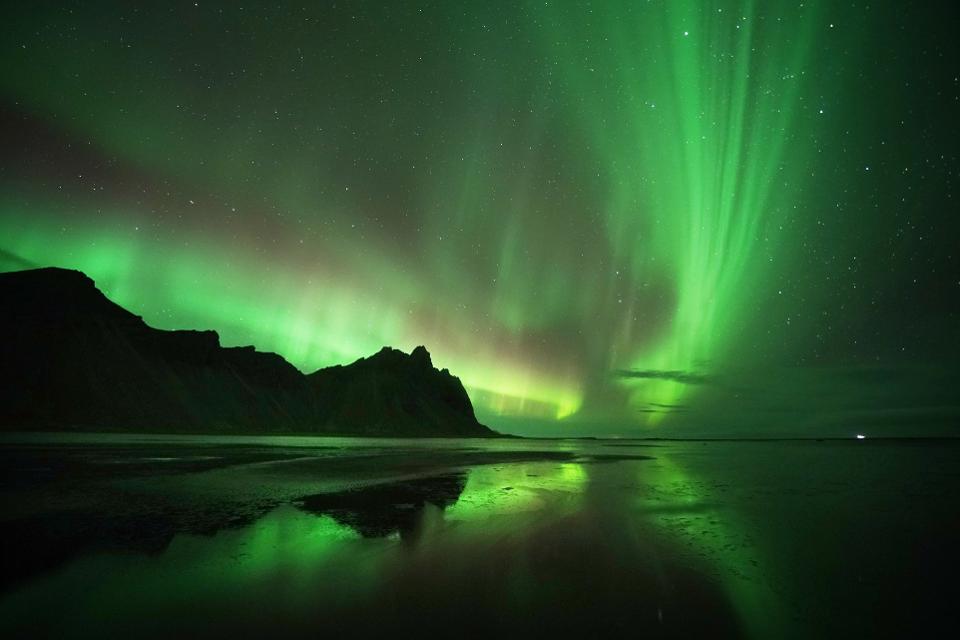
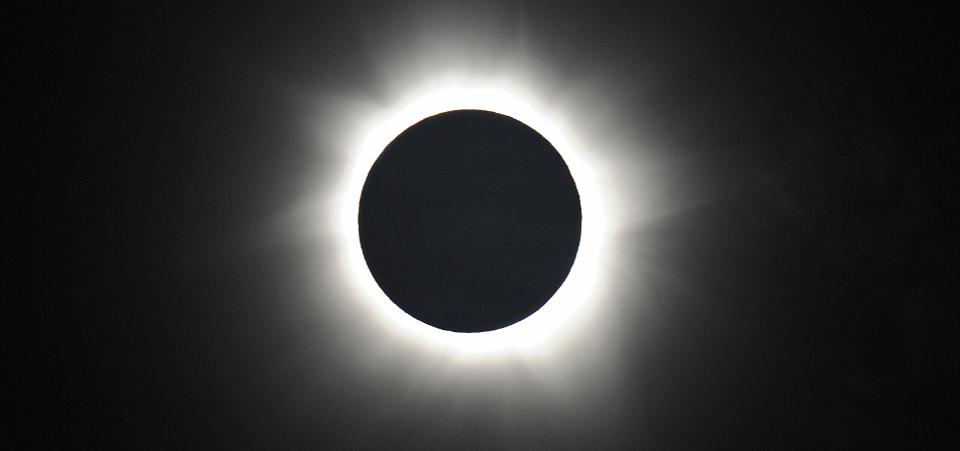
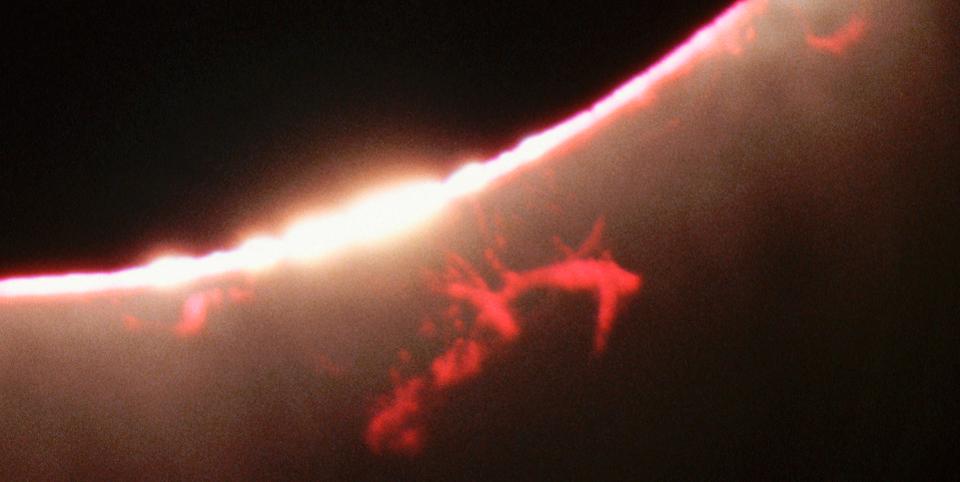
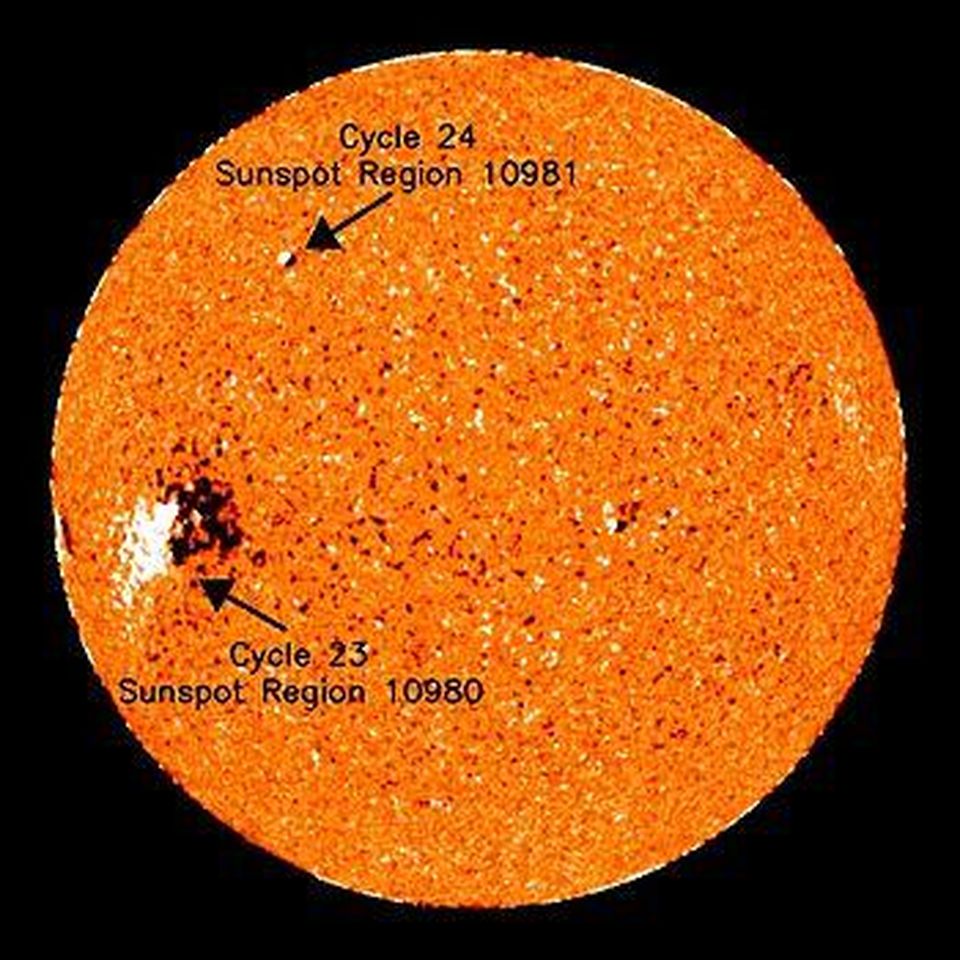

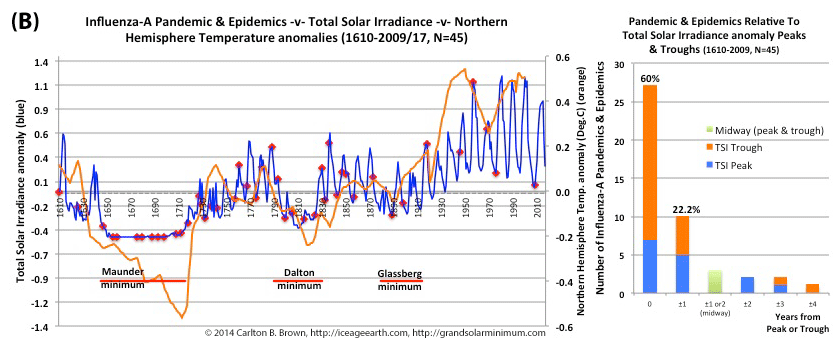


 Weather Eye
Weather Eye
